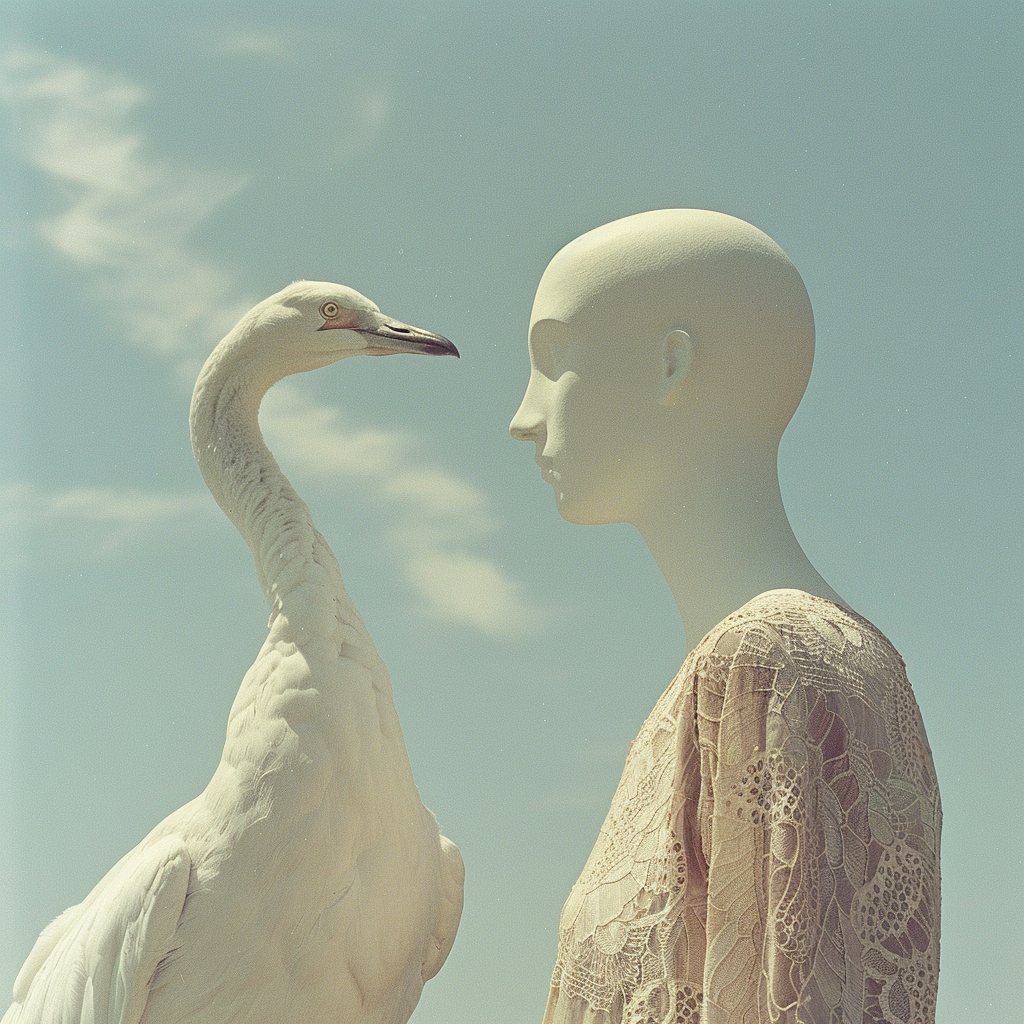
Cultural Scent Traditions
Share
Perfume is more than just a fragrance; it’s an expression of identity, heritage, and emotion. As a perfumer with six decades of experience, having studied in France, I've had the privilege of witnessing the myriad ways different cultures around the world celebrate and use perfume. From ancient rituals to modern-day practices, let’s explore how scent is woven into the fabric of diverse cultural traditions.
The Middle East: The Art of Oud and Bakhoor
In the Middle East, perfume is deeply intertwined with cultural and religious practices. Oud, also known as agarwood, is one of the most prized ingredients in Middle Eastern perfumery. Its rich, smoky, and woody aroma is celebrated for its spiritual and meditative qualities.
Traditions and Practices:
- Bakhoor: A tradition of burning fragrant wood chips, soaked in essential oils, to create a pleasant aroma in homes and places of worship. It’s often used during special occasions, such as weddings and religious ceremonies, to purify and scent the environment.
- Attar: Traditional, alcohol-free perfumes made from essential oils. Attars are often applied to the skin, hair, and clothing, and are considered an integral part of daily grooming and social rituals.
India: The Legacy of Ayurveda and Flower Garlands
In India, the use of perfume is rooted in ancient Ayurvedic traditions and the rich cultural heritage of the region. Scent is believed to balance the body and mind, playing a crucial role in health and wellness.
Traditions and Practices:
- Ayurveda: Essential oils and natural fragrances are used in Ayurvedic practices to promote physical and mental well-being. Scents like sandalwood, jasmine, and rose are commonly used for their therapeutic properties.
- Flower Garlands: Fresh flower garlands, made from fragrant blooms like jasmine, marigold, and rose, are worn during festivals, weddings, and religious ceremonies. They symbolize purity, love, and devotion.
France: The Birthplace of Modern Perfumery
France, particularly the region of Grasse, is often regarded as the cradle of modern perfumery. The French have elevated the art of perfumery to new heights, creating some of the most iconic fragrances in history.
Traditions and Practices:
- Grasse: Known as the “Perfume Capital of the World,” Grasse is renowned for its fields of fragrant flowers like lavender, rose, and jasmine. The region’s expertise in cultivation and extraction techniques has made it a global hub for high-quality perfumes.
- Parisian Elegance: In Paris, perfume is an essential part of daily life and personal style. It’s often considered the finishing touch to an outfit, embodying the wearer’s personality and mood.
Japan: The Subtle Art of Kōdō
In Japan, the appreciation of fragrance is a refined and meditative practice known as Kōdō, or “the way of incense.” This tradition emphasizes the subtle and transient nature of scent, often used in tea ceremonies and cultural rituals.
Traditions and Practices:
- Kōdō: A ceremonial art form that involves the careful preparation and appreciation of incense. Participants engage in “listening to incense,” a practice that heightens the senses and fosters mindfulness.
- Seasonal Scents: Japanese culture places a strong emphasis on the changing seasons, with different fragrances used to mark the transition from one season to the next. Cherry blossom in spring and pine in winter are just a few examples of this tradition.
Africa: The Celebration of Natural Ingredients
Across Africa, natural ingredients play a central role in perfumery. The continent’s diverse flora provides a rich palette of scents, from the heady fragrance of ylang-ylang in Madagascar to the earthy aroma of frankincense in Somalia.
Traditions and Practices:
- Ylang-Ylang: In Madagascar, the distillation of ylang-ylang flowers is a significant cultural practice. The oil is used in perfumes, cosmetics, and traditional medicine.
- Frankincense and Myrrh: In Somalia and Ethiopia, these resins are harvested and used in religious rituals, traditional healing, and perfumery. They hold deep spiritual significance and are often burned to purify the air and create a sacred atmosphere.
South America: The Vibrancy of Floral Fragrances
In South America, vibrant floral fragrances reflect the region’s rich biodiversity and cultural heritage. Perfumes here often draw on indigenous traditions and local ingredients to create unique and captivating scents.
Traditions and Practices:
- Palo Santo: In countries like Peru and Ecuador, the burning of palo santo wood is a common practice for cleansing and purifying spaces. Its sweet, woody aroma is believed to bring healing and positivity.
- Amazonian Florals: The Amazon rainforest is a source of inspiration for many fragrances, with exotic flowers and plants like orchid and passionflower used in both traditional and modern perfumery.
Conclusion: A Global Tapestry of Scent
Perfume is a universal language that transcends borders, connecting us through shared sensory experiences. Each culture brings its unique perspective and traditions to the art of perfumery, creating a rich tapestry of scents that celebrate our diverse heritage.
As we explore the world of fragrance, we gain a deeper appreciation for the ways in which scent enriches our lives, shapes our identities, and connects us to our past. So, next time you spritz on your favorite perfume, take a moment to reflect on the cultural stories and traditions that have contributed to its creation. After all, every bottle of perfume is a journey through time and space, a fragrant testament to our shared humanity.